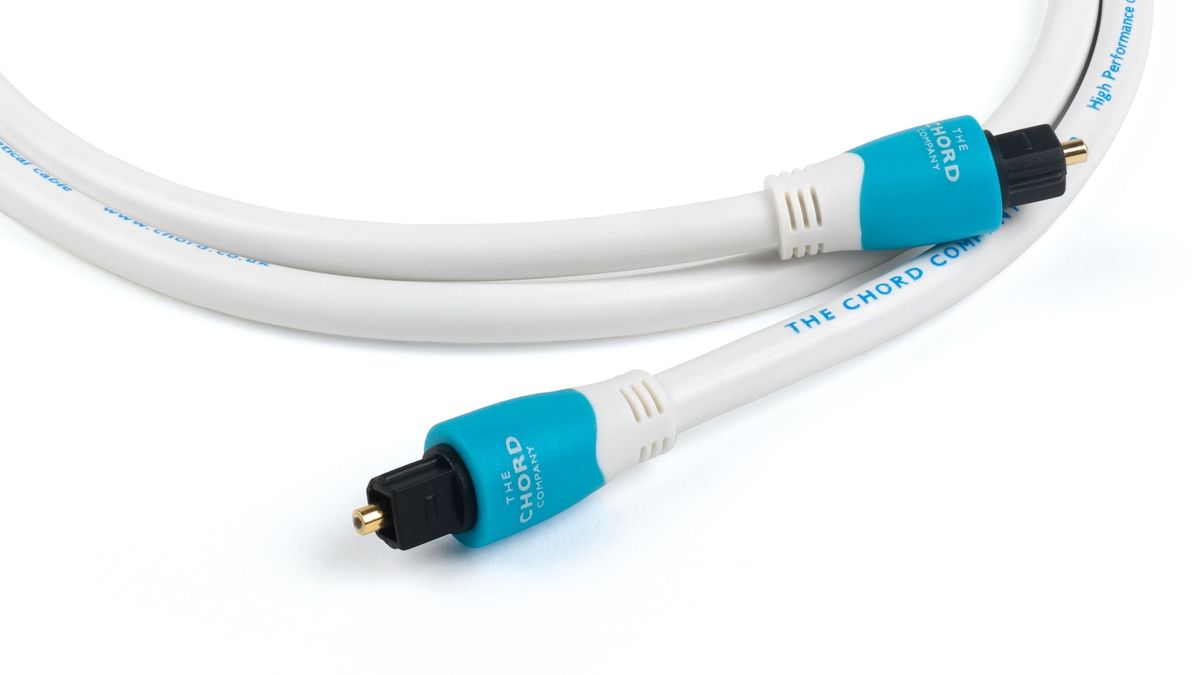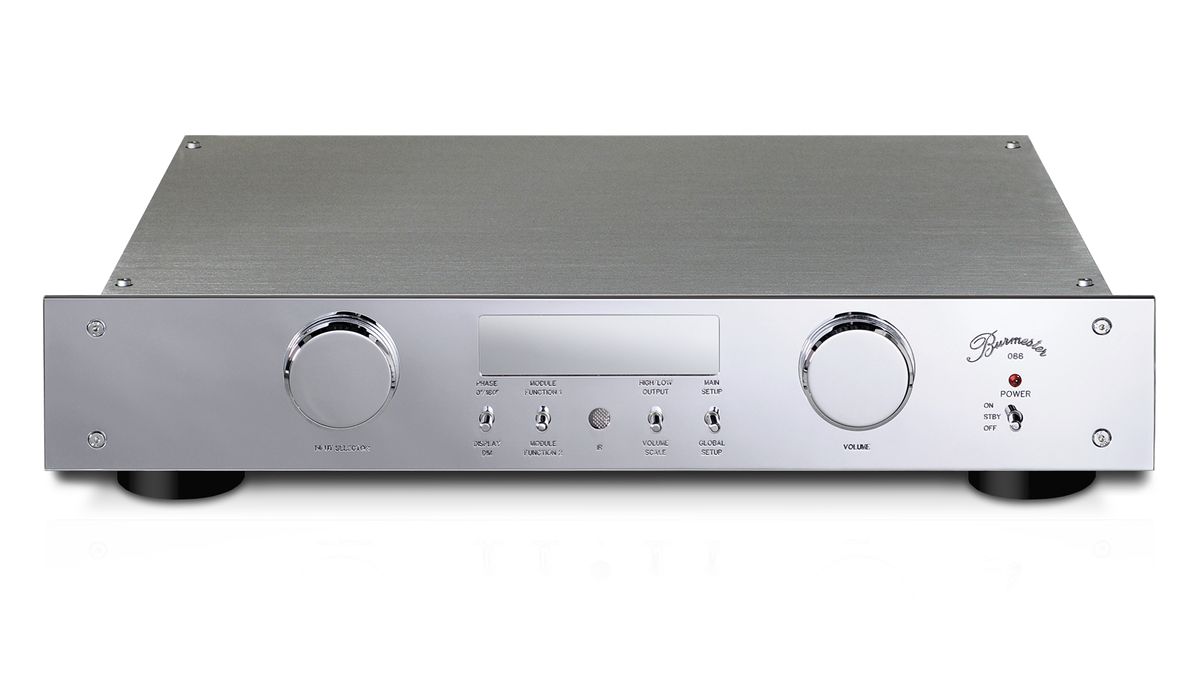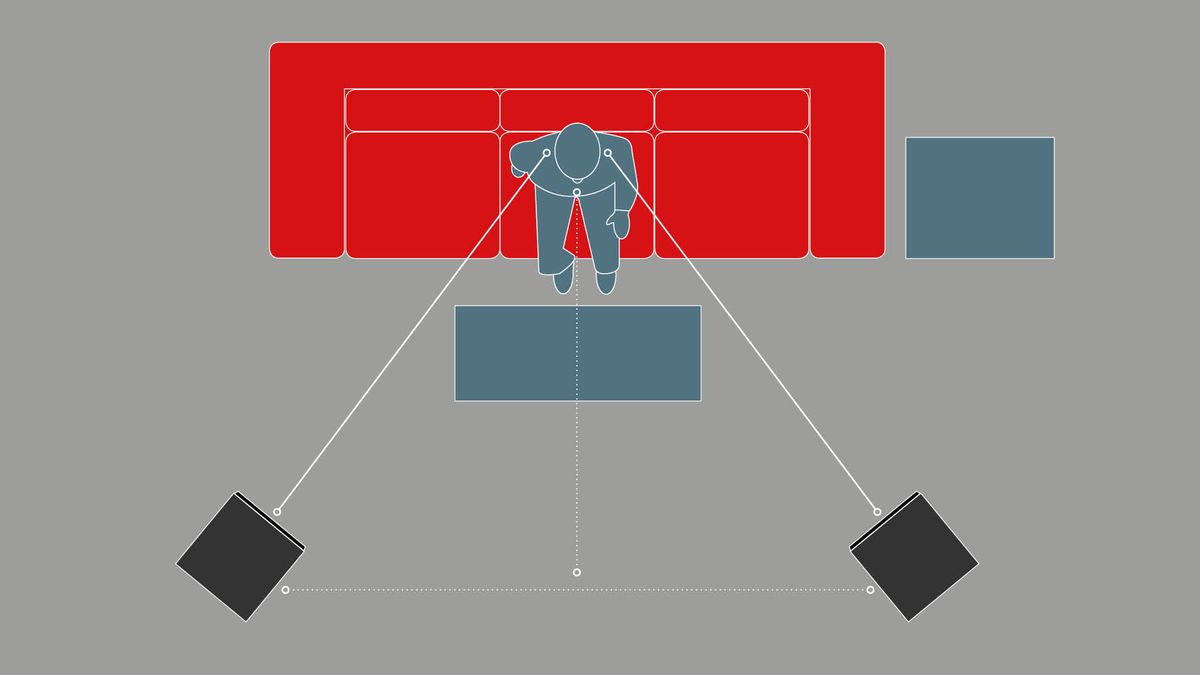Hi
I’m using Bluesound node2i to stream music directly to the Audiolab 6000a connected by optical.
When I play a certified MQA 192khz album on bluesound or tidal app the Audiolab only show 96khz is being played.
Per my understanding, using optical cable on my bluesound is to let the amplifier DAC make the work and the Audiolab 6000a DAC is surely able to handle 192khz but for some reason it is limited to 96khz , how can I fully enjoy MQA file 192khz is there a setting to turn on somewhere ?
I’m using Bluesound node2i to stream music directly to the Audiolab 6000a connected by optical.
When I play a certified MQA 192khz album on bluesound or tidal app the Audiolab only show 96khz is being played.
Per my understanding, using optical cable on my bluesound is to let the amplifier DAC make the work and the Audiolab 6000a DAC is surely able to handle 192khz but for some reason it is limited to 96khz , how can I fully enjoy MQA file 192khz is there a setting to turn on somewhere ?






